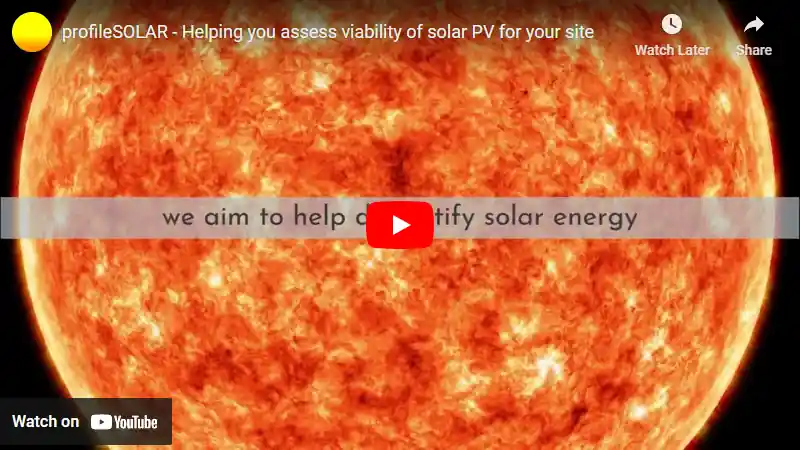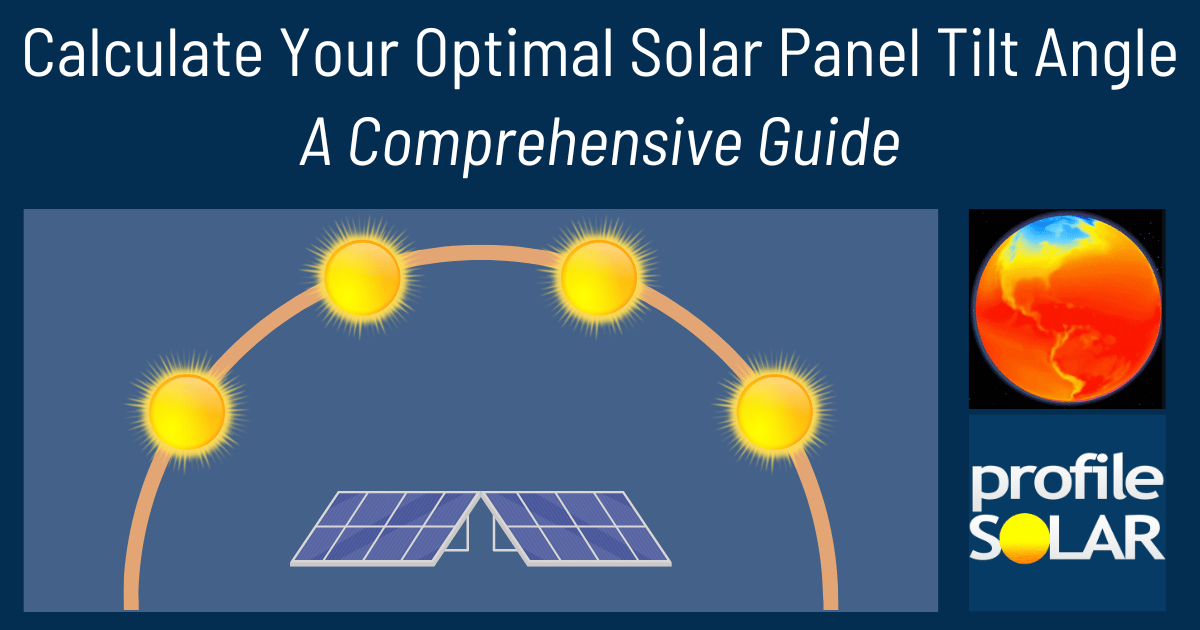

Valencia, California, located in the Northern Sub Tropics of the United States, is a good location for generating energy using solar photovoltaic (PV) panels throughout the year. The amount of energy generated varies by season, with Summer and Spring being the most productive times. Specifically, you can expect to generate about 8.42 kilowatt-hours (kWh) per day for each kilowatt (kW) of installed solar in Summer and 7.54 kWh/day per kW in Spring. Autumn and Winter see lower production levels at 5.40 and 3.82 kWh/day per kW respectively.
To get the most out of your solar panels all year round in Valencia, California, it's recommended to tilt them at an angle of 30 degrees facing South if they are fixed installations - this position will maximize their exposure to sunlight over the course of a year.
However, there could be local factors that might affect how much power you can generate from your solar PV installation here. For example, Valencia's topography or weather patterns such as frequent cloud cover or fog could reduce sunlight exposure on some days which would decrease power generation from your panels.
Moreover, environmental factors like dust storms or bird droppings can also impede solar production by blocking sunlight from reaching your panels effectively - regular cleaning would help ensure optimal performance.
In terms of preventative measures when installing solar PV systems in this location: consider placing them where they'll be least likely to be shaded by buildings or trees; use equipment that's durable enough to withstand any harsh local weather conditions; install protective covers if necessary against dust storms; set up regular cleaning schedules especially during seasons when birds are more active or dust storms are more frequent.
In summary, while there may be challenges due to local conditions like weather patterns and environmental factors affecting panel cleanliness - with careful planning and maintenance these obstacles can be managed effectively making Valencia a generally good place for generating energy from solar PV systems.
Note: The Northern Sub Tropics extend from 23.5° latitude North up to 35° latitude.
So far, we have conducted calculations to evaluate the solar photovoltaic (PV) potential in 904 locations across the United States. This analysis provides insights into each city/location's potential for harnessing solar energy through PV installations.
Link: Solar PV potential in the United States by location
Become the exclusive sponsor for Valencia, United States!
Solar output per kW of installed solar PV by season in Valencia
Seasonal solar PV output for Latitude: 34.3975, Longitude: -118.5568 (Valencia, United States), based on our analysis of 8760 hourly intervals of solar and meteorological data (one whole year) retrieved for that set of coordinates/location from NASA POWER (The Prediction of Worldwide Energy Resources) API:




Ideally tilt fixed solar panels 30° South in Valencia, United States
To maximize your solar PV system's energy output in Valencia, United States (Lat/Long 34.3975, -118.5568) throughout the year, you should tilt your panels at an angle of 30° South for fixed panel installations.
As the Earth revolves around the Sun each year, the maximum angle of elevation of the Sun varies by +/- 23.45 degrees from its equinox elevation angle for a particular latitude. Finding the exact optimal angle to maximise solar PV production throughout the year can be challenging, but with careful consideration of historical solar energy and meteorological data for a certain location, it can be done precisely.
We use our own calculation, which incorporates NASA solar and meteorological data for the exact Lat/Long coordinates, to determine the ideal tilt angle of a solar panel that will yield maximum annual solar output. We calculate the optimal angle for each day of the year, taking into account its contribution to the yearly total PV potential at that specific location.

Seasonally adjusted solar panel tilt angles for Valencia, United States
If you can adjust the tilt angle of your solar PV panels, please refer to the seasonal tilt angles below for optimal solar energy production in Valencia, United States. As mentioned earlier, for fixed-panel solar PV installations, it is optimal to maintain a 30° South tilt angle throughout the year.
| Overall Best Summer Angle | Overall Best Autumn Angle | Overall Best Winter Angle | Overall Best Spring Angle |
|---|---|---|---|
| 18° South in Summer | 39° South in Autumn | 49° South in Winter | 27° South in Spring |
Our recommendations take into account more than just latitude and Earth's position in its elliptical orbit around the Sun. We also incorporate historical solar and meteorological data from NASA's Prediction of Worldwide Energy Resources (POWER) API to assign a weight to each ideal angle for each day based on its historical contribution to overall solar PV potential during a specific season.
This approach allows us to provide much more accurate recommendations than relying solely on latitude, as it considers unique weather conditions in different locations sharing the same latitude worldwide.
Topography for solar PV around Valencia, United States
The area around Valencia, United States (Lat, Long: 34.3975,-118.5568) is located in the Santa Clarita Valley of California and is characterized by a mix of flatlands and hilly terrain. It's surrounded by several mountain ranges including the San Gabriel Mountains to the east and the Santa Susana Mountains to the west.
The region experiences a Mediterranean climate with plenty of sunshine throughout the year, making it suitable for solar PV installations. The most suited areas for large-scale solar PV would be relatively flat regions that receive abundant sunlight and are free from shading caused by hills or trees.
There are also some large industrial areas in Valencia that could potentially host rooftop solar installations or parking lot canopies. Furthermore, there are vast tracts of undeveloped land towards Palmdale/Lancaster area which could be potential sites for larger scale ground-mounted solar farms due to their flatter topography and high sun exposure.
However, any plan for large-scale solar PV installation needs to take into account various other factors such as local regulations, environmental impact assessments, grid connectivity etc., apart from just topography and sun exposure.
United States solar PV Stats as a country
United States ranks 2nd in the world for cumulative solar PV capacity, with 95,209 total MW's of solar PV installed. This means that 3.40% of United States's total energy as a country comes from solar PV (that's 26th in the world). Each year United States is generating 289 Watts from solar PV per capita (United States ranks 15th in the world for solar PV Watts generated per capita). [source]
Are there incentives for businesses to install solar in United States?
Yes, there are several incentives for businesses wanting to install solar energy in the United States. These include federal tax credits, state and local rebates, net metering policies, and renewable energy certificates (RECs). Additionally, many states have enacted legislation that requires utilities to purchase a certain amount of electricity from renewable sources such as solar.
Do you have more up to date information than this on incentives towards solar PV projects in United States? Please reach out to us and help us keep this information current. Thanks!
Feeling generous?

Share this with your friends!


Compare this location to others worldwide for solar PV potential
The solar PV analyses available on our website, including this one, are offered as a free service to the global community. Our aim is to provide education and aid informed decision-making regarding solar PV installations.
However, please note that these analyses are general guidance and may not meet specific project requirements. For in-depth, tailored forecasts and analysis crucial for feasibility studies or when pursuing maximum ROI from your solar projects, feel free to contact us; we offer comprehensive consulting services expressly for this purpose.
Helping you assess viability of solar PV for your site
Calculate Your Optimal Solar Panel Tilt Angle: A Comprehensive Guide
Enhance your solar panel's performance with our in-depth guide. Determine the best tilt angle using hard data, debunk common misunderstandings, and gain insight into how your specific location affects solar energy production.






